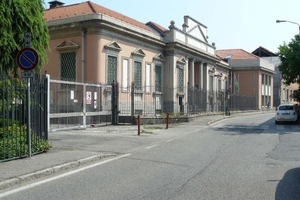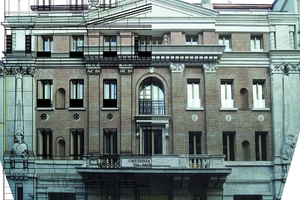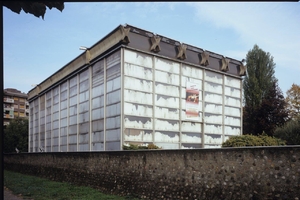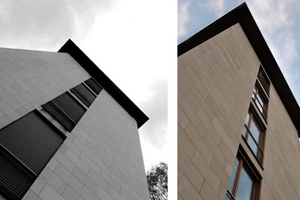'800 - '900
After the creation of the Cisalpine Republic, with the capital of the unified state being Milan, a new idea of town starts to be shaped: a model of economic, administrative and cultural growth which will last for almost two centuries.
With the realization of works such as Arco della Pace (The Peace Arch), the new town doors and their tollhouses (or Caselli) built on the demolished Spanish Walls, the opening of Naviglio di Pavia (one of the canals of Milan canal system) and, later, of the connection between piazza Scala and piazza Duomo - Vittorio Emanuele Arcade (Galleria Vittorio Emanuele) - surely a new urban “dimension” emerges – materializing into the national unification - through original town plans. One of the most impressive examples was the construction of the rail system, which influenced the town growth pattern, thanks also to the extraordinary realisation of Stazione Centrale (Milan central railway station).
Even though during the XIX century the town will adapt to the prevailing architectural languages of the big European capital cities, it is during the XX century that it will succeed in generating architectural models able to witness the existence of a school of thought near to Rationalism, with a particular attention towards the new construction materials spread by the Industrial Revolution.
We cannot avoid mentioning Palazzo della Triennale and Palazzo dell’Arengario, as well as Grattacielo Pirelli (Pirelli skyscraper) or Marchiondi Institute. During this period, Architecture will face, at least in the beginning, an undeniable cultural confrontation with the start of the great restoration works that triggered, also in this field, the search for a new school of thought, supported by interventions such as the restoration of St.Maria delle Grazie or of Sforza Castle.
This is nowadays raising major reflections on the meaning of restoration, and creating the prerequisites for a confrontation on the idea of “restoration of the restoration”.
By Arch. Libero Corrieri
Commission for the Architectural and Landscape Heritage of Milano
Highlights

The building is located in the area between the historical center and viale Cesare Battisti, near the Villa Reale in Monza. It was built in 1928 according to the project and the art direction of engineer Carera and architect Maggi, who also took care of the interior design solutions in order to turn it into the representative seat and offices of the textile company "Pastori e Casanova", known worldwide at that time.
Read more »

L’edificio fu realizzato dall’arch. Paolo Mezzanotte con la collaborazione del fratello ing. Vittorio, quale sede della “Casa dei Fasci milanesi” nell’anno 1927. Il restauro, realizzato nel 2002/2003 dall’Impresa MINOTTI S.r.l. ha riguardato la facciata principale, ricca di elementi decorativi architettonici, presenti soprattutto ai piani superiori.
Read more »

The restoration project of the Church of Nostra Signora della Misericordia at Baranzate had the purpose of restoring the original appearance of the architectural complex, adapting it to the comfort and use requirements. It refers to the building opened on November 7, 1958 and to its project developed in 1956-1957 by Angelo Mangiarotti and Bruno Morassutti with the collaboration of Aldo Favini for structures.
Read more »









